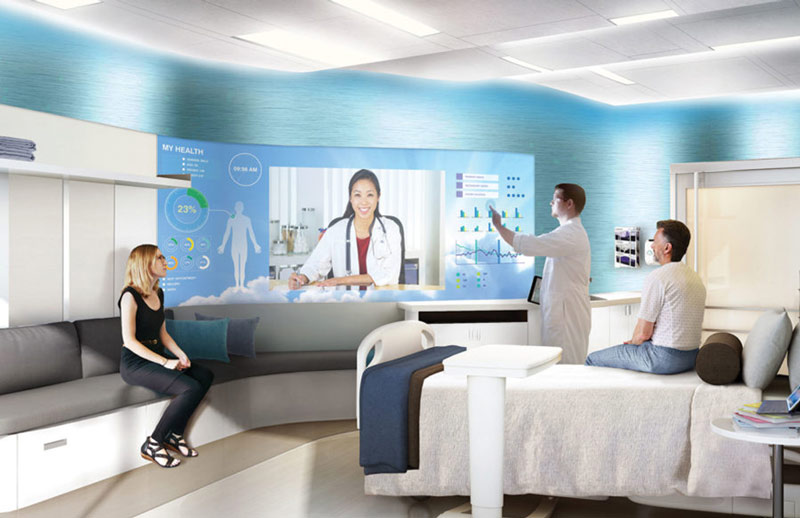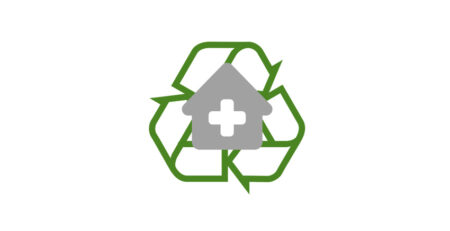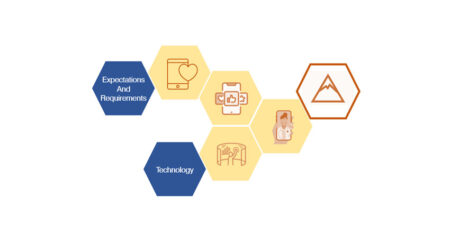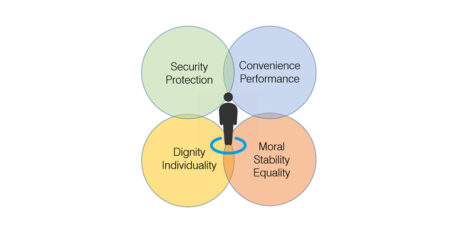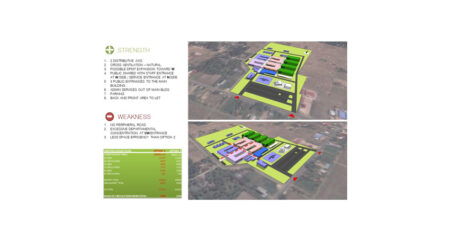Hospital user Experience and physical setting well-being
The healthcare settings transformation
Most OECD countries health systems are undertaking several processes that will change the healthcare provision, as we know it, necessarily transforming new hospitals planning:
- Integrated healthcare – Tends to be implemented in most OECD countries, following WHO recommendations, reducing the patients’ referencing to acute care for several diagnostic and treatment medical procedures, this will impact the provision of new hospitals.
- Digital transformation – AI, access to patients’ records, and compatible databases will allow personalized medicine, in treatment and eliminate unwarranted variation across the pathway of care. The use of user-firendly tools, data and medical devices will require less administrative and medical support staff.
- Telemedicine – a number of medical procedures are now being done on a distance basis, the so called ‘virtual outpatient appointment’. New Hospitals do necessarily have to take account of the outpatients department planning (decrease in face-to-face appointments) and manage the introduction of physical spaces for doctors to provide virtual appointments, increase meeting huddles and lounges, for a services-providing healthcare industry transformation.
- Mobile applications – emergency triage; direct patients to the appropriate services; setup medical appointments.
- Health literacy – A number of programs are being conducted to empower the health systems users, to enhance their experience of health and care, by the ability to access, manage and contribute to digital tools, information and services. Necessarily decreasing future A&E admission.
The hospital of the future
As Healthcare evolves towards digital processes, specialist labor and the demand for caregivers traditionally in shortage will be reduced, the fruit of an intense digital transformation. However face-to-face contacts will remain important to many people and for many years.

Champalimaud foundation, oncological centre (author pic 2020) | biophilic design example
The new technology trends, allied to the best practices advised will allow medicine to evolve to a full patient-centered basis. AI, precision medicine, 3d-robotics and other advances mean that treatment is becoming increasingly tailored to individuals, and patients will be offered more personalized therapeutic options. This can lead to a natural transformation in patients design areas, the user experience factor or the prosocial design for patient and staff well-being.
It seems to be a rising concern of hospitals management that facility’s design should enhance the visitor and other user experience by ‘promoting good physical, spiritual, and mental health, and contribute to quicker patient recovery’, within a biophilic-based design. Dayrooms, views and natural green surroundings such as healing gardens, are intended to reduce patient anxiety and accelerate healing.
New physical experience | Well-being environment
In the private healthcare context, patient rooms can be customized with digital features such as pictures, music, internet features to allow video calls, access online entertainment to improve the user experience. A particular importance must be given to personalized lighting on an evidence-base conclusion associated to the patient experience improve and particularly the patient mood and perception of pain. Noise reduction is another trend to patient satisfaction, associated tosleep interruption, blood pressure and heart rates.
AI patients’ management will help caregivers to select the best fitting settings for each patient, selecting room type, tailored food and medication, staff needs, determining diagnostic choices and meeting non-medical support. Some may argue but most likely in a near future, patients will access a virtual assistant, at the bedside, that can answer the patient’s routine questions about diagnoses, expected recovery experiences and times, and daily medication schedules.
